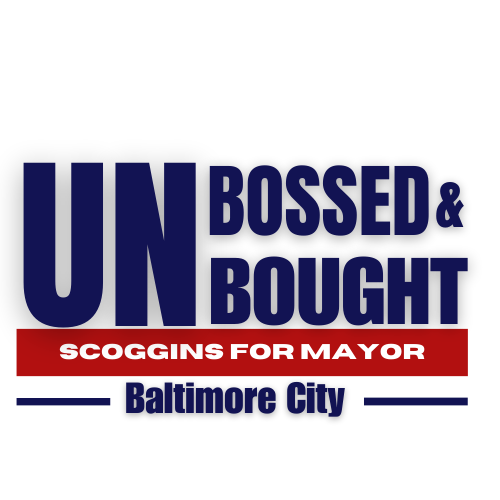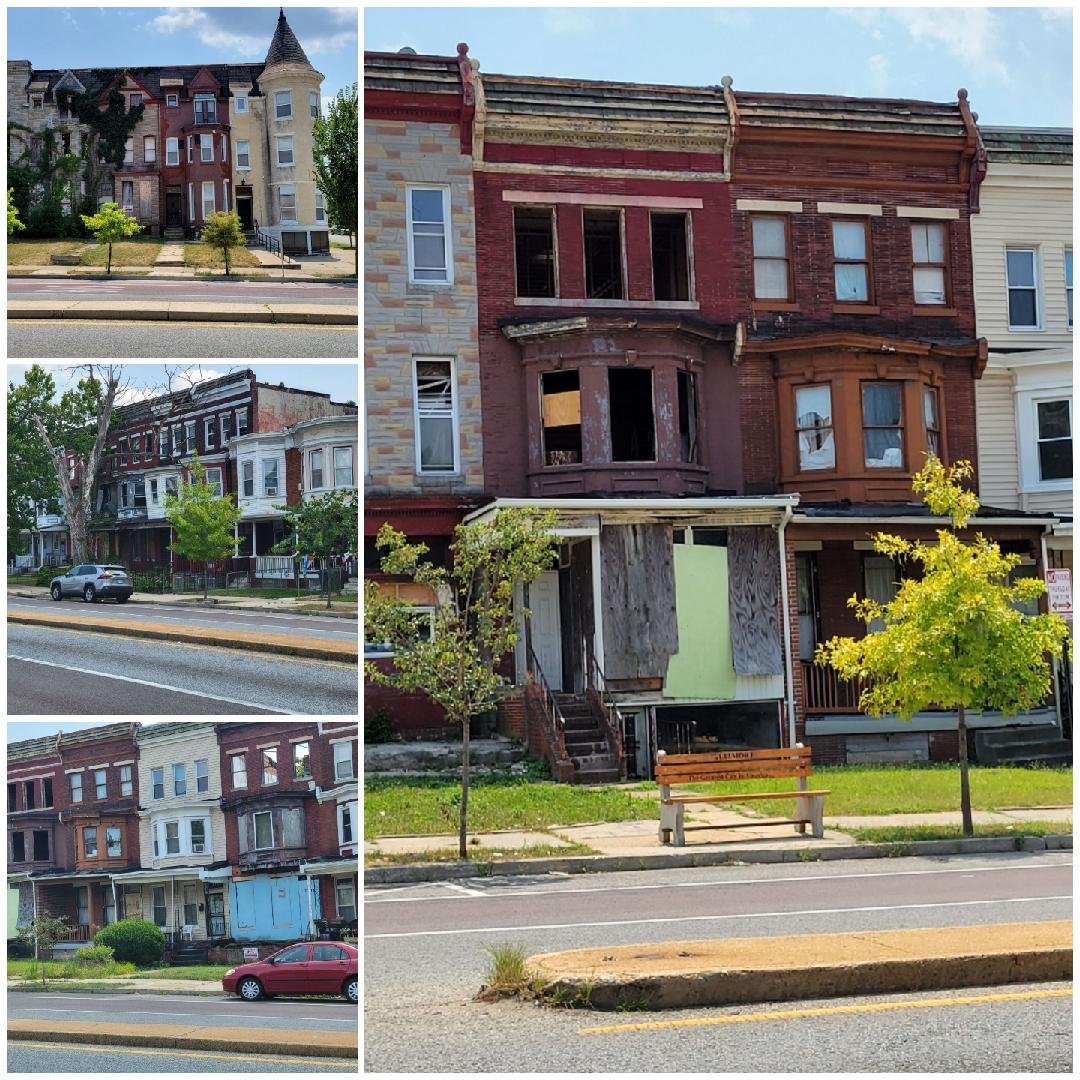
Neighborhood Revitalization
Rebuilding Baltimore: A Community Development Plan for Revitalization and Economic Empowerment
1. Vacant Home Revitalization:
- Vacant Property Inventory: Launch a comprehensive inventory of vacant properties, identifying ownership and conditions for strategic revitalization.
- Rehabilitation Incentives: Establish rehabilitation programs with incentives like tax credits and grants to encourage property owners to renovate vacant homes.
- Community Land Trusts: Develop community land trusts to acquire, rehabilitate, and manage vacant properties, ensuring long-term affordability.
2. Affordable Housing Preservation:
- Affordable Housing Mandates: Enforce policies requiring a percentage of new housing units to remain affordable to low and moderate-income residents.
- Rent Stabilization: Implement rent stabilization measures to prevent rapid rent hikes, protecting the housing stability of existing residents.
- Affordable Housing Funds: Create funds to provide subsidies for low-income residents to access and maintain affordable housing.
3. Economic Rejuvenation Initiatives:
- Small Business Renaissance: Establish business incubators and provide financial support and mentorship to foster the growth of small businesses within the community.
- Workforce Skills Training: Collaborate with local employers to create job training programs tailored to the community's needs, emphasizing skills in demand.
- Community Investment Incentives: Attract private investment through incentives such as tax breaks for businesses investing in Baltimore's rebirth.
4. Education and Youth Empowerment:
Educational Rebuilding: Improve local schools by boosting funding, reducing class sizes, and offering access to advanced educational resources.
Youth Empowerment Programs: Expand after-school programs, mentorships, and extracurricular activities to engage and empower young residents for a brighter future.
5. Public Safety and Community Policing:
Community Safety Partnerships: Promote community policing strategies to build trust between law enforcement and residents, focusing on collaborative problem-solving.
Community Watch Initiatives: Encourage the formation of community watch programs to empower residents to actively contribute to neighborhood safety.
6. Access to Health and Social Services:
Healthcare Hub Development: Establish community health hubs to provide accessible healthcare services, including mental health support.
Enhanced Social Services: Increase access to addiction treatment, counseling, and social services to address underlying community challenges.
7. Infrastructure and Transportation:
Infrastructure Resurgence: Invest in infrastructure upgrades, including road repairs, street lighting, and park renovations, to enhance the overall quality of life.
Accessible Transportation: Improve public transportation options to connect residents to employment opportunities and essential services.
8. Community Engagement and Empowerment:
Neighborhood Councils: Create neighborhood councils to give residents a voice in decision-making processes, including budget allocation and development projects.
Empowerment Centers: Establish community empowerment centers as resource hubs for information, resources, and community organizing efforts.
9. Low-Income First-Time Homebuyer Program:
Financial Assistance: Develop a program that offers financial assistance to low-income first-time homebuyers, including down payment assistance, closing cost support, and reduced interest rates on mortgages.
Homebuyer Education: Provide comprehensive homebuyer education and counseling to help individuals navigate the homebuying process and make informed decisions.
Affordable Housing Options: Work with developers to create affordable housing options specifically designed for low-income first-time buyers.
10. Data-Driven Progress Tracking:
Continuous Data Collection: Continuously collect and analyze data on housing, employment, education, and safety to measure the impact of rebuilding efforts.
Adaptive Strategies: Adjust strategies based on real-time data to address emerging challenges and capitalize on opportunities effectively.
11. Partnerships and Collaboration:
Nonprofit Collaborations: Forge partnerships with nonprofit organizations, foundations, and local institutions to leverage resources and expertise in the rebuilding of Baltimore.
Public-Private Synergy: Foster public-private partnerships to attract investment and support long-term sustainable development as we rebuild Baltimore together.
This comprehensive "Rebuilding Baltimore" community development plan includes a specific program to assist low-income first-time homebuyers, ensuring that residents have opportunities to become homeowners and invest in the revitalization of their communities.






